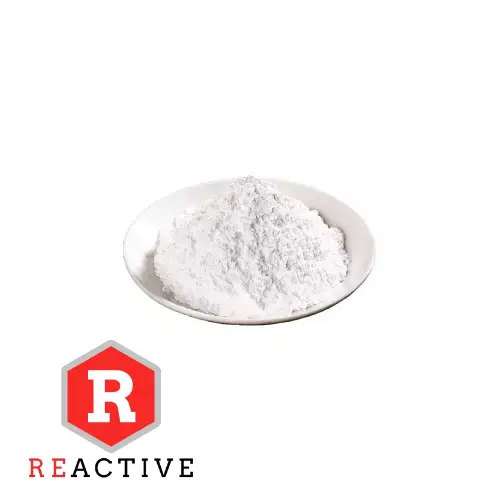The magnesium oxide precipitation nickel and cobalt process is a hydrometallurgical process for recovering nickel and cobalt from nickel oxide ore. The principle of this process is to use the precipitation reaction of magnesium oxide, nickel and cobalt in an alkaline solution to generate nickel and cobalt hydroxide.
The process of magnesium oxide precipitation of nickel and cobalt is as follows:

Raw material preparation
The nickel oxide ore is beneficiated to remove impurities and obtain slurry containing higher nickel and cobalt content.
Sulfuric acid leaching
The slurry is leached in a sulfuric acid solution to dissolve metal ions such as nickel and cobalt. The content of nickel and cobalt in the leach solution is generally 2-5g/L.
Neutralize precipitation
Add magnesium oxide to the leachate to raise the pH value of the solution to 9-10, causing metal ions such as nickel and cobalt to precipitate with magnesium oxide to generate nickel and cobalt hydroxide. The content of nickel and cobalt in the sediment is generally 40-60%.
Separation and filtration
The precipitate is separated and filtered to obtain a nickel cobalt hydroxide filter cake.
dry
The filter cake is dried to obtain the finished product of nickel cobalt hydroxide.
The advantages of magnesium oxide precipitation of nickel and cobalt are:
The process is simple, easy to operate and easy to control.
Equipment investment is less and production costs are lower.
Environmental pollution is less.
The disadvantages of magnesium oxide precipitation of nickel and cobalt are:
The nickel cobalt hydroxide filter cake has a high moisture content and needs to be dried.
Nickel cobalt hydroxide contains a small amount of magnesium and needs to be separated.
The magnesium oxide precipitation nickel and cobalt process is mainly used to treat low-grade nickel oxide ore. This process is suitable for large-scale production and is one of the most widely used nickel and cobalt hydrometallurgical processes in industry.
